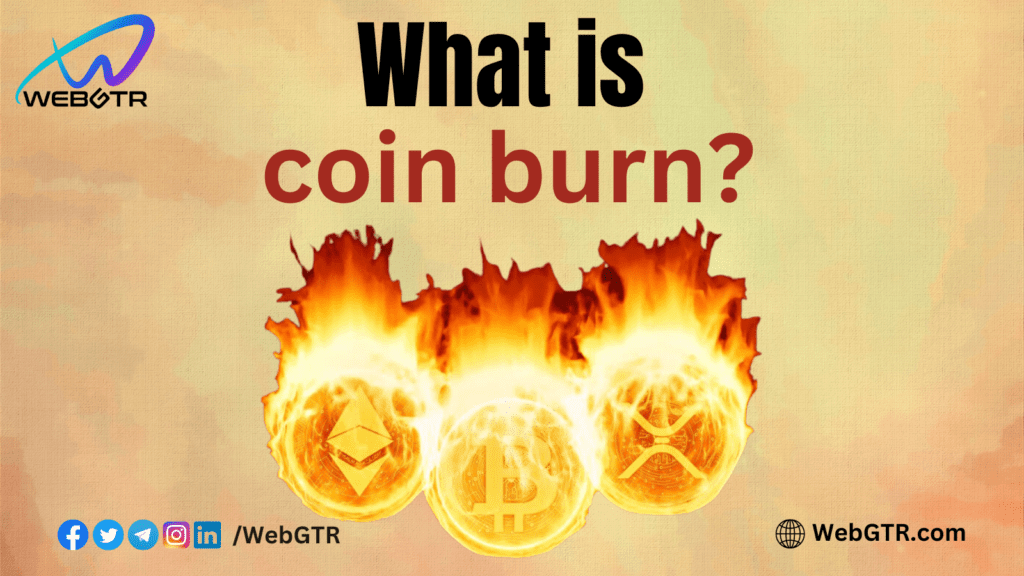
Coin burning is a strategic and deliberate process utilized by some blockchain projects to permanently remove a certain quantity of their native cryptocurrency from circulation, ultimately reducing the total supply in the market. This practice has gained popularity and importance within the cryptocurrency space due to its potential impacts on the token’s value, scarcity, and overall ecosystem dynamics.
The concept of coin burning revolves around a specific function within the smart contract of the cryptocurrency. When a token holder decides to perform a coin burn, they initiate the burn function by specifying the amount of tokens they wish to eliminate from circulation. This is often done voluntarily or as part of a predefined tokenomics plan established by the project’s developers.
Once the burn function is activated, the smart contract validates the request to ensure that the individual possesses the stated amount of coins in their wallet and that the specified number is valid. Typically, the burning mechanism only allows for the destruction of positive quantities of tokens, preventing negative amounts or other potential inconsistencies.
The implications of executing the burn function are significant. The coins that undergo the burning process are effectively removed from the circulating supply forever. As a result, they become non-recoverable, creating a sense of permanence to the action. This reduction in the token supply can contribute to increased scarcity, potentially leading to a positive impact on the token’s value in the market. The basic economic principle of supply and demand comes into play, as a reduced supply of tokens could increase their value if the demand remains constant or rises.
Furthermore, coin burning can serve various purposes, depending on the project’s objectives. One primary goal is to control inflation by curbing the token’s circulating supply growth. By limiting the number of tokens available, projects can maintain a more controlled and predictable inflation rate, preventing devaluation caused by excessive token creation.
Additionally, coin burning may be part of a deflationary strategy, wherein the project aims to gradually reduce the token supply over time, potentially leading to long-term appreciation in token value. This strategy is particularly common among deflationary cryptocurrencies.
Moreover, coin burning can also demonstrate a project’s commitment to maintaining the value and sustainability of its token in the long run. When executed transparently and publicly recorded on the blockchain, the proof of burn is verifiable by anyone through a blockchain explorer. This transparency adds credibility to the project’s intentions and can build trust among the token holders and the broader cryptocurrency community.
In conclusion, coin burning is a mechanism employed by some cryptocurrency projects to enhance their token’s scarcity, value, and overall economic dynamics. By permanently removing a portion of the circulating supply, the practice can have various effects on the cryptocurrency’s market performance and investor sentiment. As the cryptocurrency space continues to evolve, coin burning remains an intriguing tool for developers and projects to shape the future of their tokens and ecosystems.
Looking for Blockchain Development, NFTs, Website Design, Token Creation, or Other services? Reach out to us at WebGTR. Let’s discuss and bring your vision to life.
Website | Twitter | Instagram | Telegram Official Group | WhatsApp


Leave a Reply